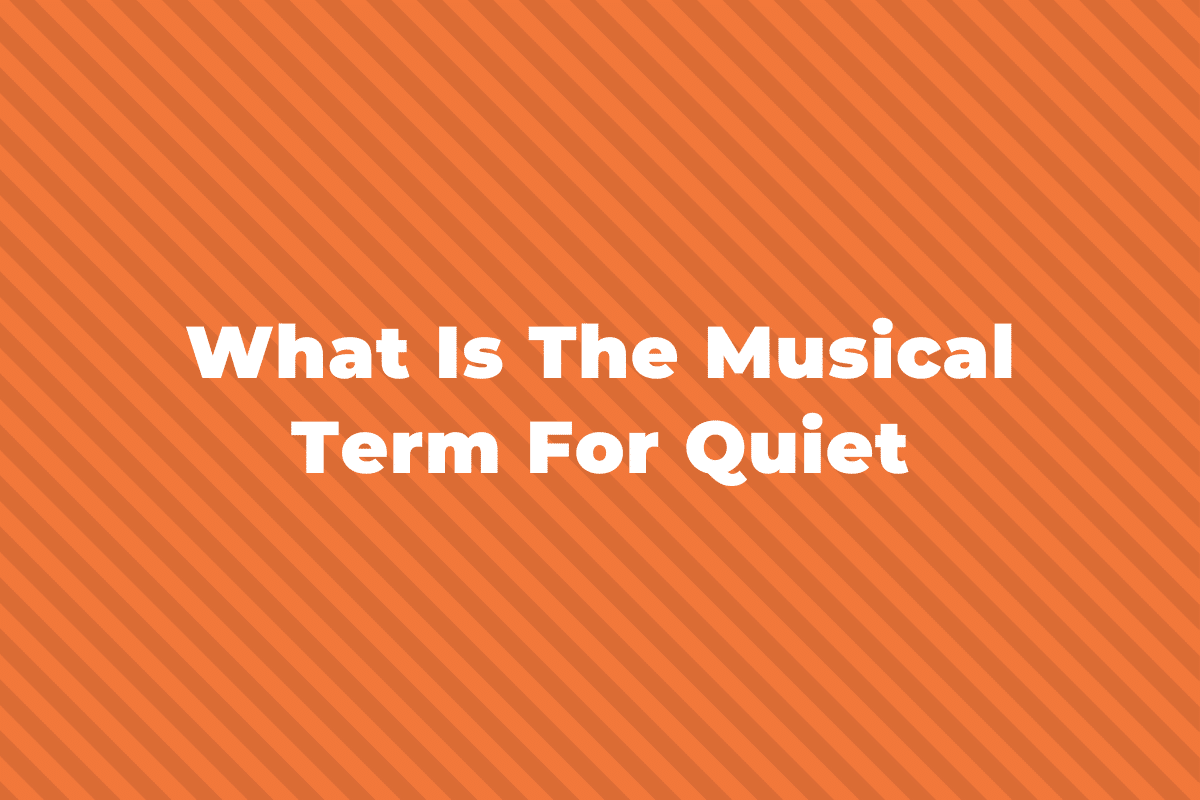Often, a song or a piece of music will have a Refrain. It is found in all kinds of music, from classical to folk to pop and jazz music.
This post will cover everything you need to know about refrains in music so you can know what to look for.
The Definition of Refrain
The term Refrain comes from the old French word “Refraindre”, which means “to repeat”.
In music, a refrain is a repeated line or verse.
It has two parts – the melody of the music and the written lyrics.
In a pop song, this could be the chorus of the song, because the chorus is often repeated many times.
Here is “Call me Maybe” by Carly Rae Jepsen, and you can hear what the chorus is because it’s different rhythmically, harmonically, and melodically than the verses that come before or after it.
It’s repeated about 8 times throughout the song, making it a great example of a refrain.
However, it doesn’t have to be the full chorus of a pop song.
Here is the song “Why Did It Have To Be Me?” by Abba.
It doesn’t have a true chorus but all of the main verses end with the two lines “It’s only natural, but why did it have to be me?”
These two lines are the refrain of the piece, even though it doesn’t have a chorus.
A piece with Strophic Form will often have a refrain at the end of each verse.
This is very common in old traditional songs, like “Swing Low, Sweet Chariot”.
The refrain “coming for to carry me home” is sung in the middle and at the end of each verse.
Other more contemporary folk songs, like “A Hard Rain’s A-gonna Fall” and “The Times They Are A-changing” by Bob Dylan, have refrains (the lyrics of the refrains are the title of the song) that end each verse.
Some musicologists think that the term refrain should only be considered as a repeated line of lyrics and melody that is part of a larger section, like the end of each verse in the two Bob Dylan songs above, as well as others like “Blowin’ in the Wind” and “It Ain’t Me, Babe”.
On the other hand, only the word chorus should be given to the main repeated section of a pop song, like the example of “Call me Maybe” shown above.
However, refrain can be used for both of those options, whereas chorus is only used as the main non-verse section. So – all choruses are refrains, but not all refrains are choruses.
Refrains In Jazz Music
In Jazz music there are multiple different types of refrains, or choruses.
For example, in 32-Bar Form, the whole 32-Bar main section of the song is called the chorus.
This section would then be repeated many times and that’s the whole song.
The song “Somewhere Over the Rainbow” is in 32-Bar Form.
Other uses of the terms refrain and chorus in Jazz music are the “Arrangers Chorus” and the “Shout Chorus”, both of which are used in big-band jazz.
In the “Arrangers Chorus”, the arranger of the piece shows off by adding in a lot of reharmonization and extra technical flourishes.
It’s usually not the first or last chorus of a song.
The “Shout Chorus” is typically the last chorus of a jazz song, and it’s where the whole band plays loudly and energetically.
The trumpets hit their high notes and the trombones play heavy accented bursts, and the song ends with lots of energy.
In Summary
A refrain is a common musical term, one that you will now be able to understand and take note of whenever you hear one.
It can be used in place of the term chorus, as well as other times, like at the end of each verse in a lot of folk or traditional music.



